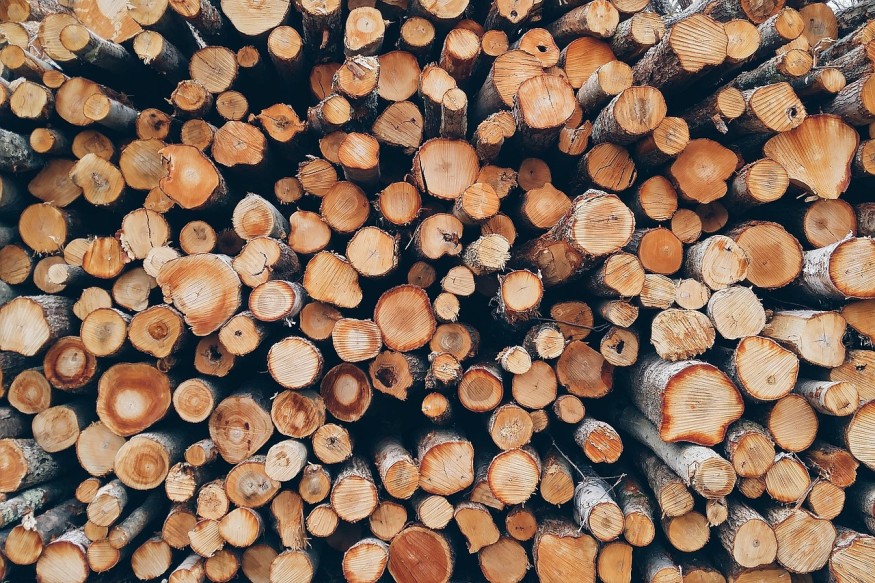Deforestation is one of the growing environmental issues worldwide, with urban populations and infrastructural projects gradually expanding to once untouched wooded lands with a vast array of natural habitats and wildlife ecosystems.
Illegal logging is the major cause of such a phenomenon. While these are common in tropic and subtropic regions, one region is of particular concern to conservationists: the Brazilian Amazon rainforest.
South America's rainforest has long been a subject of illegal logging and other environment-damaging human activities. However, a recent report shows that deforestation in the region has led to the release of significant amounts of carbon dioxide over the past decade. The emission is raising concern about its potential impact on climate change and global warming.
Carbon dioxide is one of the most notorious greenhouse gases along with methane, nitrous oxide, and among others. These gases are known for accelerating the greenhouse effect, a process wherein solar heat is trapped in the atmosphere. This results in the warming of the planet and changing of the climate. Climate predictions indicate the climate phenomenon could intensify extreme weather events.
Brazilian Amazon Crisis

In August 2022, the Council on Foreign Relations (CFR) cited a report from Brazil's National Institute for Space Research that the Brazilian Amazon deforestation has reached its record high, highlighting that the first six months of 2022 cleared more than 3,980 square kilometers of the Amazon, with an area large five times the size of New York City.
Often called as "the lungs of the Earth," the Amazon is a significant regulator of the global climate by absorbing large amounts of significant greenhouse gases, according to the CFR. The latest spate of deforestation issues was highlighted during the term of former Brazilian President Jair Bolsonaro, according to reports.
Also Read : Main Threats of Deforestation
Amazon Deforestations
In a recent study published in the journal Scientific Reports in April 2023, researchers confirmed that deforestation is increasing in the indigenous territories part of the Brazilian Amazon rainforest, releasing an unprecedent 96 million metric tons of carbon dioxide. It has increased by 195% in the last three years of the said period, highlighting that it is getting worse.
The research team highlighted that the indigenous territories deforestation can worsen the spread of disease and loss of indigenous communities. In previous studies, experts have also warned that wild animals and their habitats are also at risk amid the Amazon deforestations.
Carbon Dioxide Emissions
Since the Industrial Revolution, anthropogenic activities have increased the presence of carbon dioxide in the atmosphere by 50% in less than 200 years, according to the National Aeronautics and Space Administration (NASA), citing from the National Oceanic and Atmospheric Administration (NOAA).
The NOAA report suggests indicates that direct measurements of carbon dioxide has drastically increased from 1960 to 2020. Aside from burning fossil fuels, the U.S. government agency adds carbon can also be emitted from wildfires and other natural phenomenon like volcanic eruptions.
© 2025 NatureWorldNews.com All rights reserved. Do not reproduce without permission.





